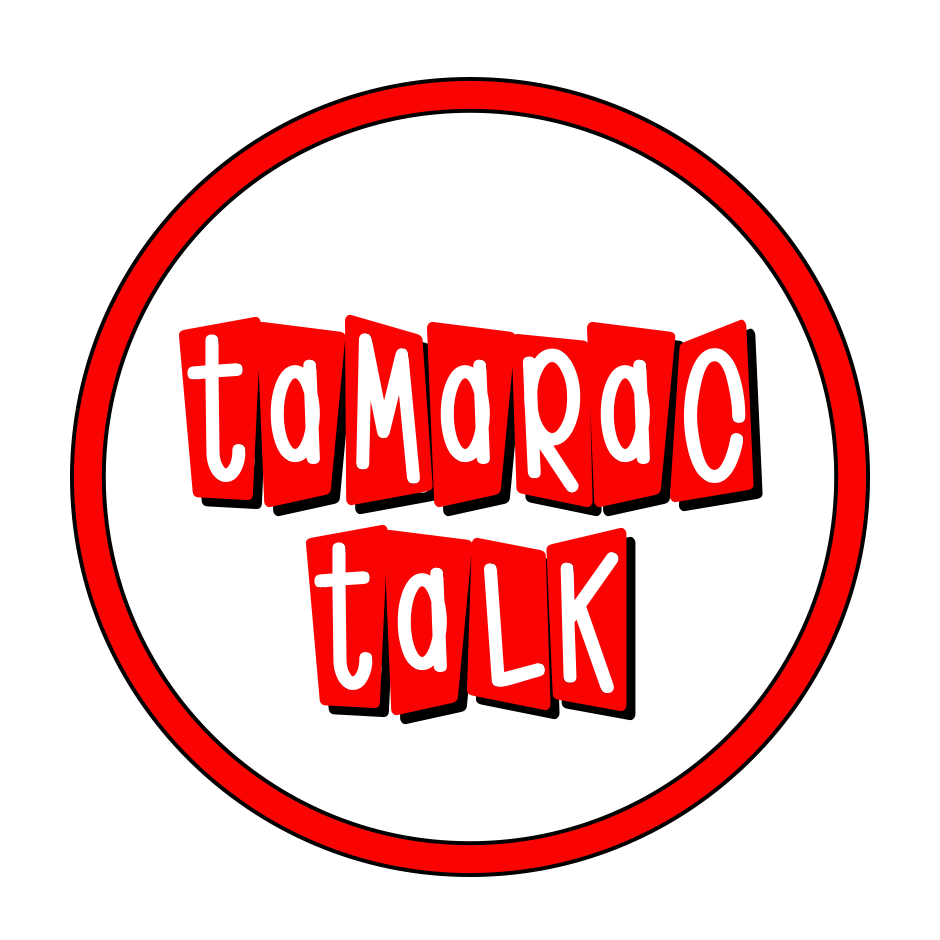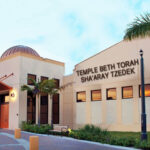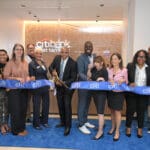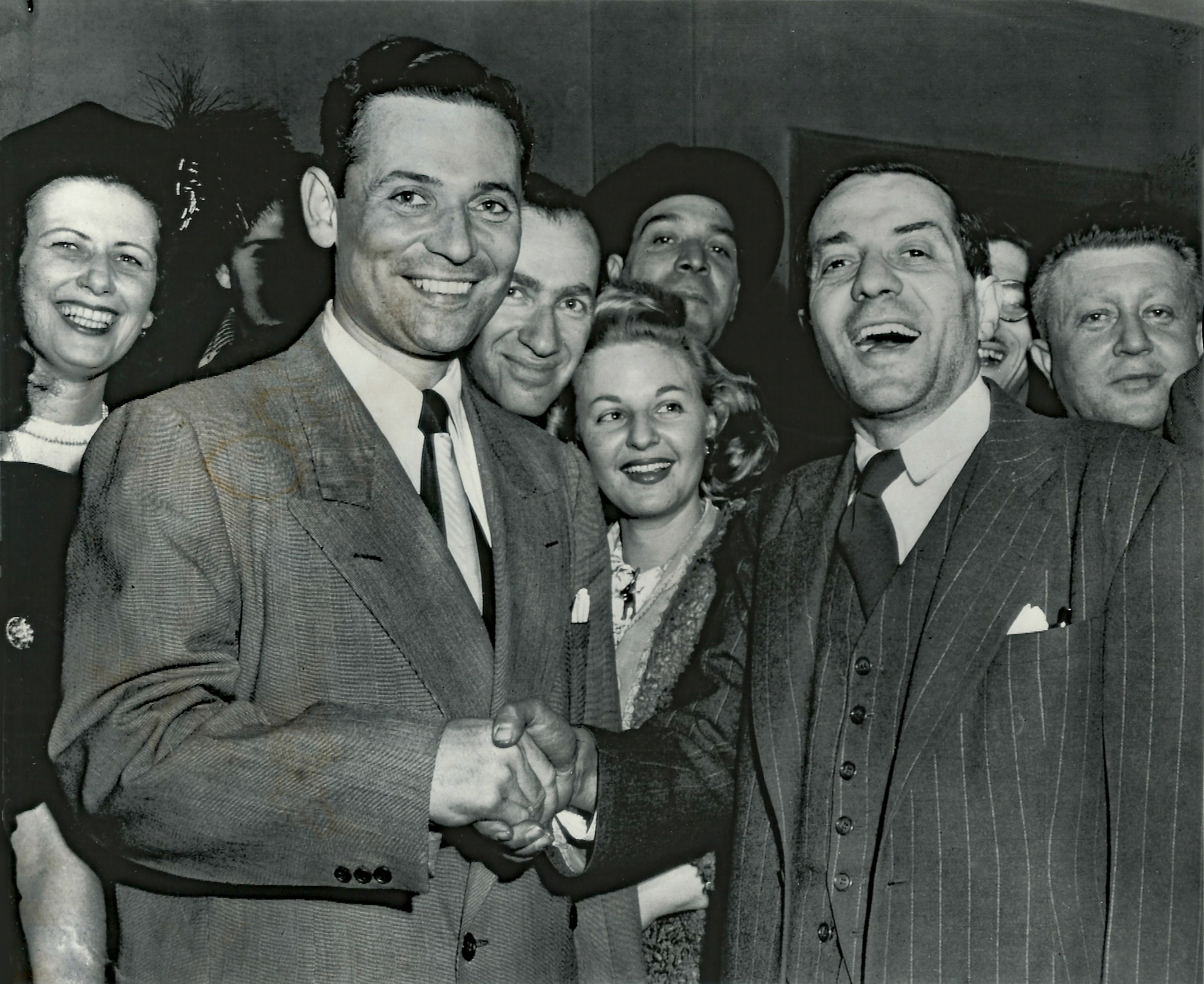
Leo Isacson (left), an American Labor Party Candidate congratulated by U.S. Representative Vito Marcantonio in a special election in the 25th Congressional District of New York in 1948. Photo rights owned by Sharon Aron Baron.
By: Sharon Aron Baron
Once home to millionaires who made it their winter escape from New York, the Woodlands Country Club was full of fascinating, mostly Jewish residents, who belonged to the prestigious country — because unlike many country clubs in South Florida, the Woodland allowed Jews.
U.S. Representative Leo Isacson of New York once owned a home in the Tamarac community across from the country club. Elected in a special election in 1948, he pushed for immediate recognition for Israel as well as opposed the peacetime draft.
Isacson was first a member of the New York State Assembly representing the Bronx, then was elected to Congress representing New York’s 14th District. He was labeled a communist and “left-winger” years before Alexandria Ocasio-Cortez was accused of being a socialist.
Born April 20, 1910, in Manhattan, Isacson attended public schools before graduating from New York University in 1931 and New York University School of Law in 1933. He was admitted to the bar in 1934 and practiced in New York City.
Isacson became a member when the American Labor Party was founded in 1936 to advance trade unions and was a member of the New York State Assembly (Bronx Co., 13th D.) in 1945 and 1946.
Elected as an American Laborite to Congress in 1948 to fill the vacancy caused by the resignation of Benjamin J. Rabin from a Bronx district seat, Isacson served from February 17, 1948, until January 3, 1949. He was the second most liberal person to serve in Congress between 1937 and 2002. He opposed the Marshall Plan and the peacetime draft and was one of three congressmen to oppose legislation to increase the Air Force size.
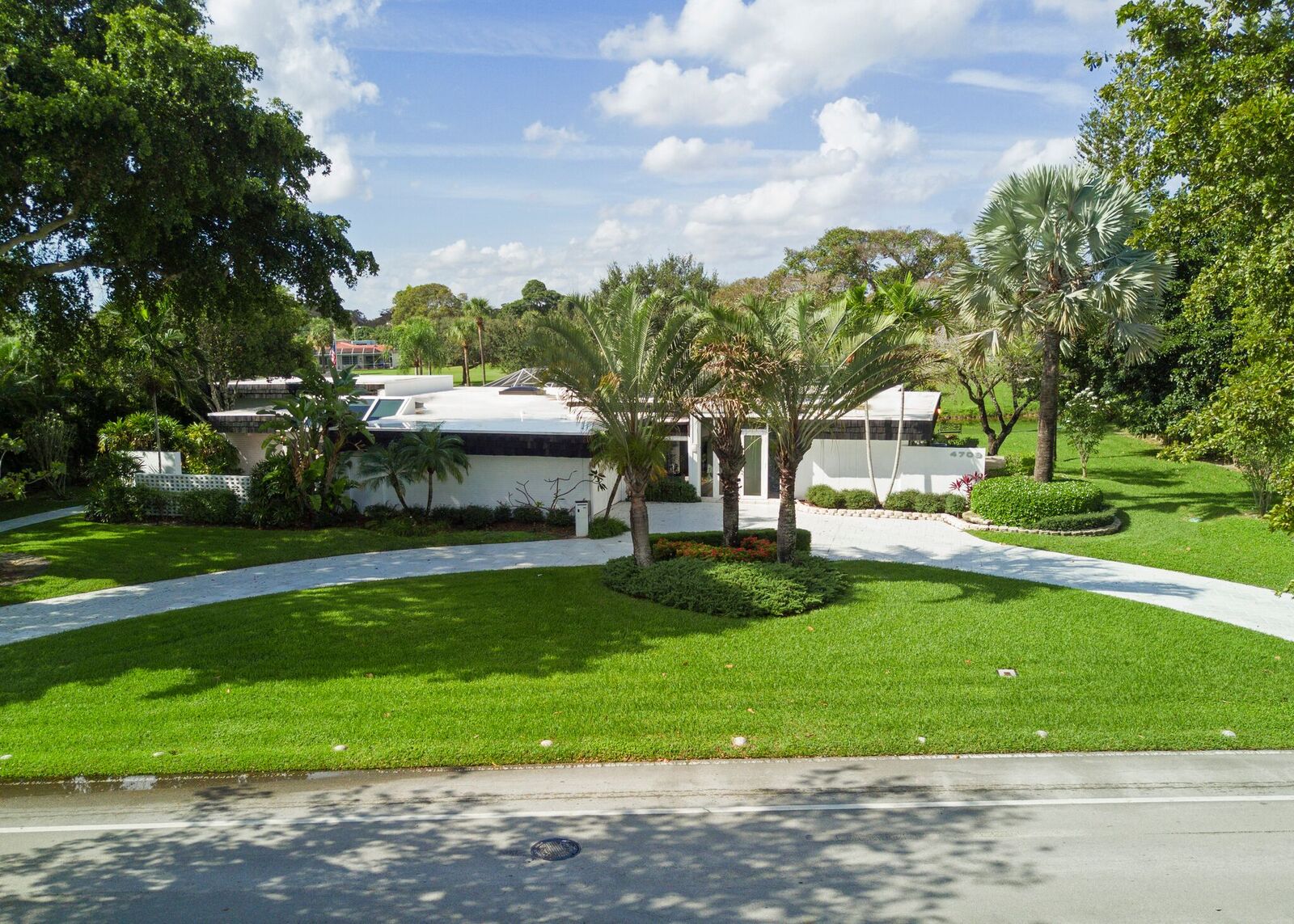
Former Tamarac, Florida home of U.S. Representative Leo Isacson of New York.
Isacson became the first Congressman ever to be denied a United States passport by the State Department when he attempted to go to Paris to attend a conference as an observer for the American Council for a Democratic Greece — a Communist front organization. The group’s role was opposing the Greek Government in the Greek Civil War.
Issuing him a passport was judged not to be “in the interests of the U.S.,” so he was denied under the Passport Act of 1926, which allows the Presidential administration to deny or revoke passports for foreign policy or national security reasons at any time.
Harry S. Truman wrote a dossier on Isacson on February 23, 1948, accusing him of being a card-carrying member of the Community Party, and one of former vice president Henry Wallace’s “men.”
An unsuccessful candidate for reelection in 1948, Isacson returned to his law practice and became active in the Democratic Party. He was a delegate to the 1968 Democratic National Convention, then moved to Tamarac, where he taught political science at Nova Southeastern University.
Isacson would be the first of several owners of the modern home built in 1970 from Behring Properties, founded by the late billionaire and former Tamarac resident Ken Behring.
Isacson died of cancer in a hospital in Fort Lauderdale on September 21, 1996, at 86.
His obituary from the New York Times gives more details:

Leo Isacson
Leo Isacson, 86, Upset Winner of a Bronx Congressional Seat
SEPTEMBER 25, 1996
Leo Isacson, who flabbergasted political experts in 1948 when he won a Bronx Congressional seat as the American Labor Party candidate, died on Saturday at a hospital in Fort Lauderdale, Fla. He was 86.
In recent years, Mr. Isacson, who had lived in retirement in Fort Lauderdale, had been suffering from cancer, said his daughter, Dale Bloom, of Rye Brook, N.Y.
Mr. Isacson’s tenure in Congress was brief but eventful. It began on February 17, 1948, when he won a special election from the 24th District after the incumbent was named a judge. It effectively ended the following November when he was defeated by the more mainstream politicians he had confounded.
The favorite in the special election was a Democrat, Karl Propper, who was backed by Mayor William O’Dwyer, Eleanor Roosevelt, and other party luminaries. But Mr. Isacson crushed the Democrat, gathering 22,697 votes to 12,598 for Mr. Propper. The Liberal Party candidate got 3,800 votes, and the Republican standard-bearer 1,500.
The political post-mortems found several reasons for Mr. Isacson’s triumph. His district was a poor one and ethnically mixed — fertile ground, it seemed, for an American Labor candidate. Mr. Isacson had been a member since the party was founded in 1936 to advance the cause of trade unions.
Then, too, about half the people in the district were Jewish, and Mr. Isacson was an early and vigorous supporter of the new country of Israel.
Perhaps just as important, Mr. Isacson concentrated his law practice on labor and tenant cases, making him well known to many district residents even before he and his wife, Rose, went door to door ringing doorbells.
Nor was he a political neophyte. He had been elected to the New York State Assembly on the Republican and American Labor Party tickets in 1944. A year later, he ran unsuccessfully on the American Labor Party line for Bronx borough president.
Seeking reelection to the Assembly in 1946, he was denied endorsement by Republican leaders, so he ran in the Republican and Democratic primaries. He lost in the primaries and lost in the general election when he ran only on the American Labor Party line.
Mr. Isacson’s victory in February 1948 delighted Henry A. Wallace, the Progressive Party candidate for President, and it alarmed supporters of President Harry S. Truman, who had his hands full with his Republican rival, Thomas E. Dewey. Or so the polls said.
Once in office, Mr. Isacson opposed the Marshall Plan and the peacetime draft. He was one of three Congressmen to oppose legislation to increase the size of the Air Force, and he pushed for immediate recognition of Israel.
Barely a month into his term, Mr. Isacson became the first Congressman ever to be denied a passport by the State Department. He had wanted to go to Paris for an international congress on Greece’s future, where Communist guerrillas were trying to overthrow the government.
One reason for the State Department’s unease may have been Mr. Isacson’s friendship with Vito Marcantonio, a former American Labor Party state chairman who was then a Congressman from East Harlem and widely thought to have far-left views.
Mr. Isacson (like Mr. Marcantonio) denied any links to Communism. But in 1948, the Republican, Democratic and Liberal Parties formed a coalition to unseat him. Mr. Isacson’s opponent, Isidore Dollinger, charged that much of the incumbent’s support came from Communist-dominated unions. Mr. Isacson lost 74,594 votes to 44,257.
After leaving office, Mr. Isacson lived for about 25 years in Eastchester. He continued to practice law and became active in the Democratic Party. In recent years, he was an adjunct professor of political science at the Institute of Retired Professionals at Nova University in Fort Lauderdale.
His first wife, Rose, died eight years ago. Another daughter, Jill Blanchard, was killed in her New Rochelle home in 1981 in an unsolved crime.
His wife, Violet, survived Isacson; his daughter; two sisters, Ruth Thielle of Fort Lauderdale and Regina Hymowitz of Great Neck, L.I., five grandchildren, and a great-granddaughter.
Got News? Send it to Tamarac Talk.
Author Profile

- Sharon Aron Baron is the Editor of Tamarac Talk, Coral Springs Talk, Margate Talk, Coconut Creek Talk and Parkland Talk. Tamarac Talk was created in 2011 to provide News for the residents of Tamarac and is the #1 News Source for Residents.
Latest entries
 NewsOctober 21, 2025Mah Jongg Madness Brings Fun and Friendship to Tamarac Temple
NewsOctober 21, 2025Mah Jongg Madness Brings Fun and Friendship to Tamarac Temple NewsOctober 16, 2025Citibank Opens New Branch in Tamarac
NewsOctober 16, 2025Citibank Opens New Branch in Tamarac NewsOctober 16, 2025Broward County Animal Care Spotlights Pets of the Week: Boo and Ghost
NewsOctober 16, 2025Broward County Animal Care Spotlights Pets of the Week: Boo and Ghost NewsOctober 15, 2025Tamarac Crime Blotter: Structure Fire Closes Tamarac Taco Bell
NewsOctober 15, 2025Tamarac Crime Blotter: Structure Fire Closes Tamarac Taco Bell
